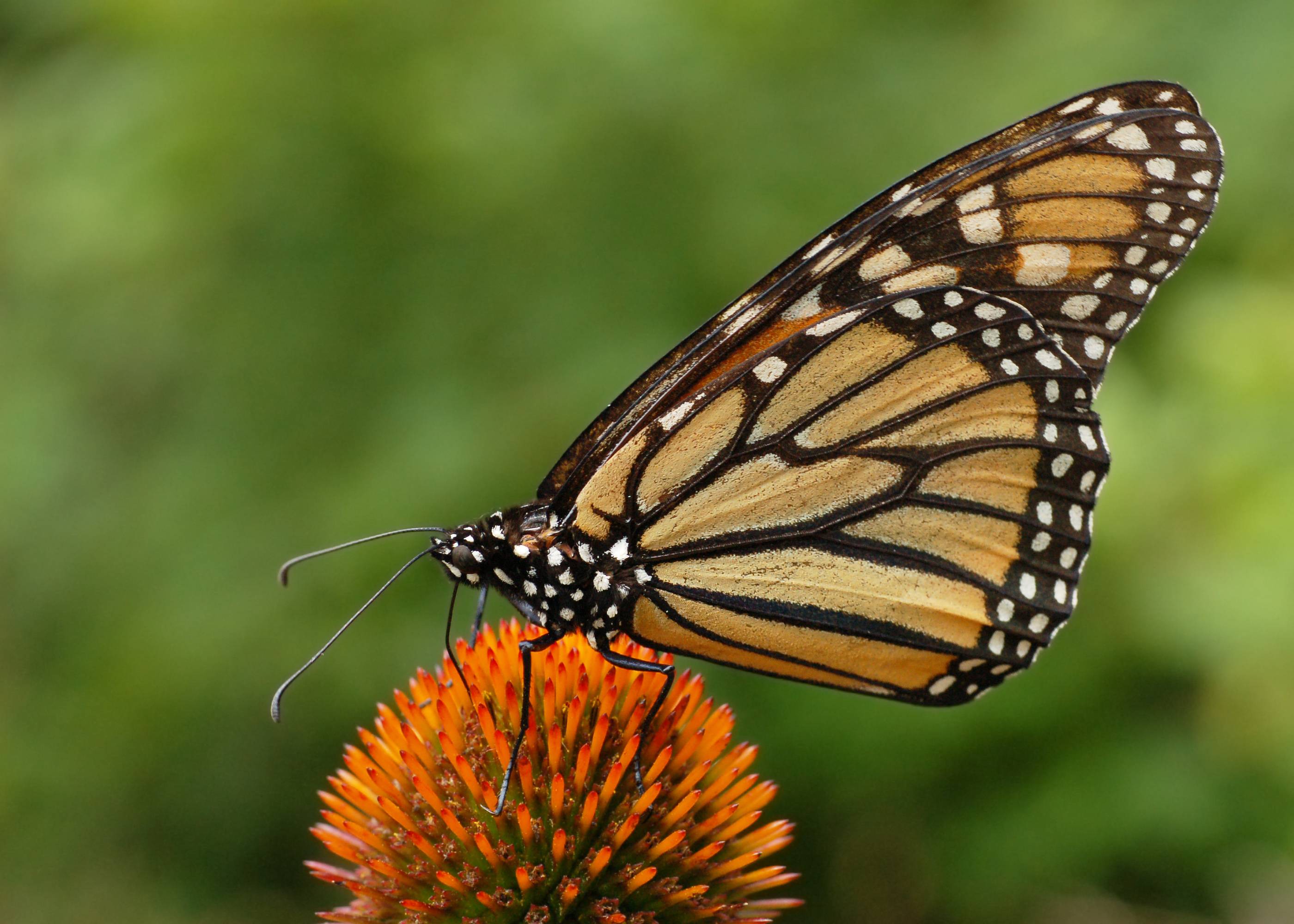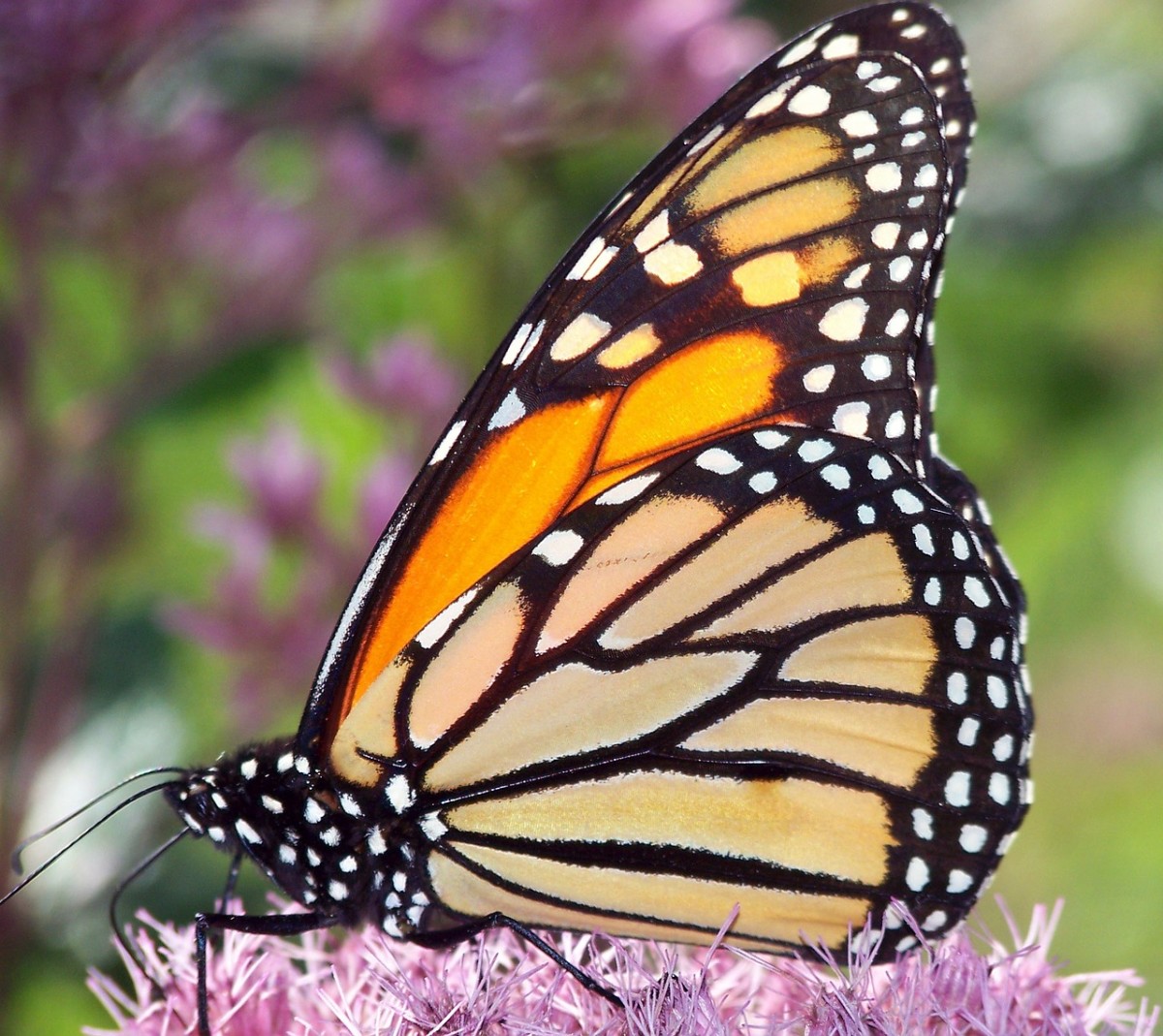Ever wondered about the enchanting creatures fluttering around your garden? Butterfly BTQ dives deep into understanding butterflies, their beauty, and their behaviors. With over 17,500 species globally, these winged wonders have captured human fascination for centuries. From their vibrant colors to their unique life cycles, butterflies hold a special place in nature’s grand design. Let’s uncover why butterflies matter and what makes them so captivating.
Butterflies are more than just insects with pretty wings; they symbolize transformation, freedom, and resilience. Their delicate presence adds charm to gardens, forests, and open fields. Butterfly BTQ aims to shed light on these incredible creatures by breaking down complex facts into easy-to-understand insights. Whether you're an amateur enthusiast or a seasoned naturalist, this guide has something for everyone.
As we delve further, you'll discover fascinating details about butterfly habitats, their relationship with flowers, and the challenges they face in today’s world. By the end of this article, you’ll have a newfound appreciation for these tiny yet remarkable creatures. Let’s get started!
Table of Contents
- What Are Butterfly BTQs?
- How Many Types of Butterflies Exist?
- Why Do Butterflies Have Such Vibrant Wings?
- Where Can You Spot Butterfly BTQ Species?
- Life Cycle of a Butterfly - Butterfly BTQ Style
- Are Butterflies Beneficial to the Ecosystem?
- How Can We Protect Butterfly BTQ Habitats?
- Final Thoughts on Butterfly BTQ
What Are Butterfly BTQs?
So, what exactly does "Butterfly BTQ" mean? It’s actually quite simple. BTQ stands for Basic Topic Questions, which is a fancy way of saying we're going to break down everything you need to know about butterflies in a straightforward and engaging manner. Rather than overwhelming you with technical jargon, we’ll focus on answering the questions that really matter to you.
For instance, did you know that butterflies belong to the insect order Lepidoptera? They’re closely related to moths, though they differ in several ways. One key difference is their antennae—butterflies typically have clubbed ends, whereas moths have feathery ones. These subtle distinctions make each species unique and fascinating to study.
How Many Types of Butterflies Exist?
Now, let’s tackle another burning question: how many types of butterflies exist? Well, it turns out there are approximately 17,500 species worldwide, with around 750 found in the United States alone. That’s quite a bit of diversity! Each species varies in size, color, and habitat preferences, making them endlessly interesting to observe.
Take the Monarch butterfly, for example. Its bright orange wings with black veins are instantly recognizable. Or consider the Blue Morpho, whose shimmering blue wings seem almost otherworldly. Every butterfly tells its own story, and Butterfly BTQ is here to help you uncover those stories.
Why Do Butterflies Have Such Vibrant Wings?
Alright, here’s a fun fact: butterflies don’t just have colorful wings for show. Those striking patterns serve important purposes. In some cases, they act as camouflage, helping the butterfly blend into its surroundings. Other times, the colors serve as warnings to predators, signaling that the butterfly might taste bad or even be toxic.
Interestingly, the vibrant hues come from tiny scales covering the wings. These scales reflect light in different ways, creating the illusion of bright colors. It’s almost like nature’s version of glitter, but far more sophisticated. Anyway, this adaptation gives butterflies a significant edge in survival.
Where Can You Spot Butterfly BTQ Species?
If you’re wondering where to find butterfly BTQ species, the answer is practically everywhere! Butterflies inhabit a wide range of environments, from lush rainforests to arid deserts. They’re especially drawn to areas rich in flowers, as nectar forms a major part of their diet.
One great spot to see butterflies is in your own backyard. Planting native flowers like milkweed, lavender, and zinnias can attract these beautiful insects. You might even catch a glimpse of a Monarch or Painted Lady flitting around. Plus, watching them up close is an experience you won’t forget anytime soon.
Life Cycle of a Butterfly - Butterfly BTQ Style
Let’s talk about the life cycle of a butterfly, because it’s really quite extraordinary. Unlike many animals, butterflies go through four distinct stages: egg, larva (caterpillar), pupa (chrysalis), and adult. Each stage plays a crucial role in the butterfly’s development.
For example, during the caterpillar phase, the insect spends most of its time eating. It grows rapidly, shedding its skin multiple times before entering the chrysalis stage. Inside the chrysalis, a magical transformation occurs, turning the caterpillar into the graceful butterfly we all admire. Isn’t nature amazing?
Are Butterflies Beneficial to the Ecosystem?
Definitely! Butterflies contribute significantly to ecosystems by acting as pollinators. As they sip nectar from flowers, pollen sticks to their bodies and gets transferred to other plants. This process helps plants reproduce and thrive, supporting biodiversity.
Moreover, butterflies serve as food for various predators, including birds and spiders. Their presence indicates a healthy environment, as they require specific conditions to survive. By protecting butterfly habitats, we’re also safeguarding countless other species.
How Can We Protect Butterfly BTQ Habitats?
Finally, let’s discuss how we can protect butterfly BTQ habitats. The truth is, butterflies face numerous threats, including habitat loss, climate change, and pesticide use. However, there are plenty of ways we can make a difference.
First, consider creating a butterfly garden in your yard. Choose native plants and avoid using harmful chemicals. Supporting conservation efforts and spreading awareness can also go a long way. Every small action adds up, and together, we can ensure a brighter future for these incredible creatures.
Final Thoughts on Butterfly BTQ
So, there you have it—a comprehensive look at butterfly BTQ. From their incredible diversity to their vital role in ecosystems, butterflies truly are remarkable beings. Whether you’re marveling at their vibrant wings or learning about their fascinating life cycles, there’s always something new to discover.
Remember, appreciating nature starts with understanding it. By diving into the world of butterflies, you’re not only enriching your own knowledge but also contributing to the preservation of these delicate wonders. After all, every flutter counts!



